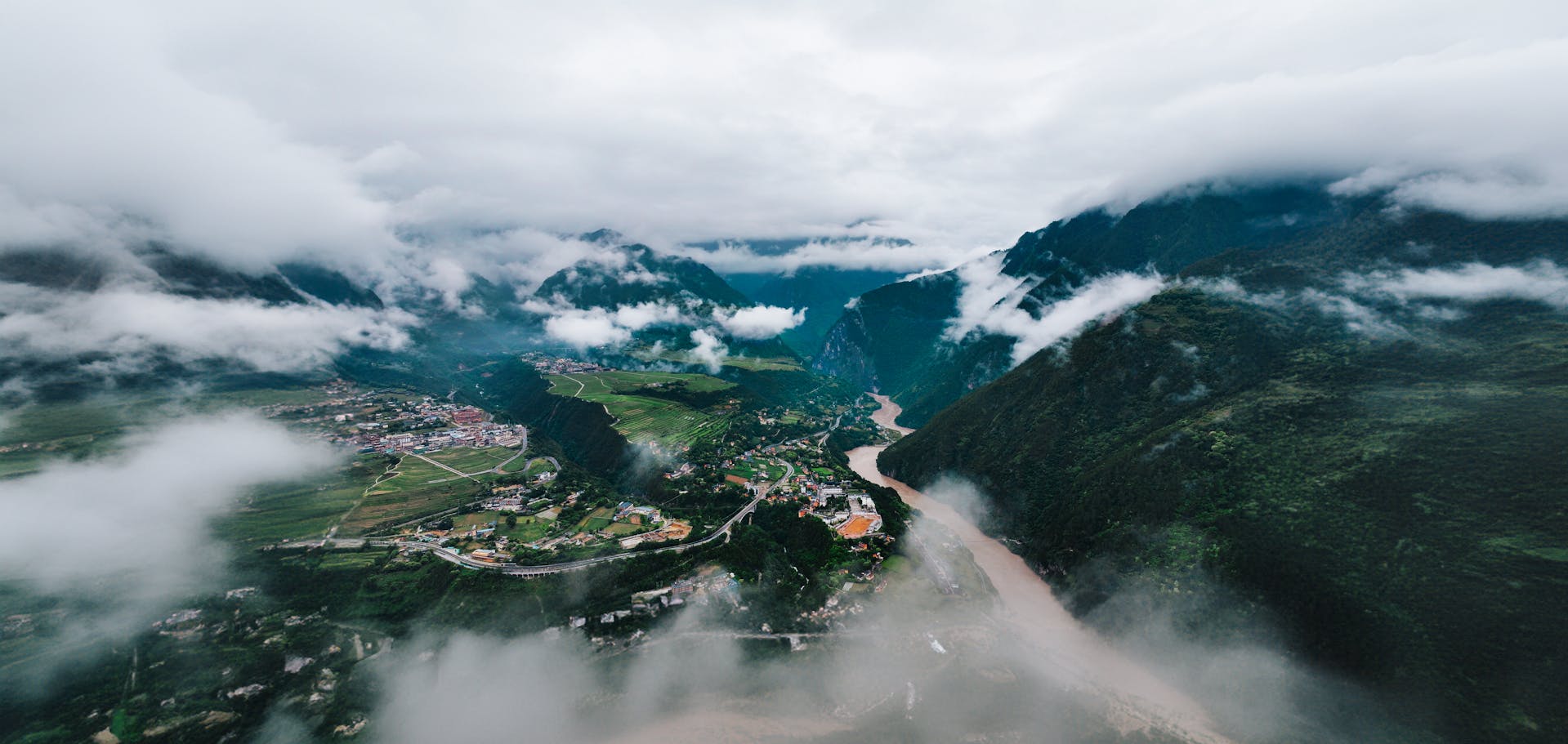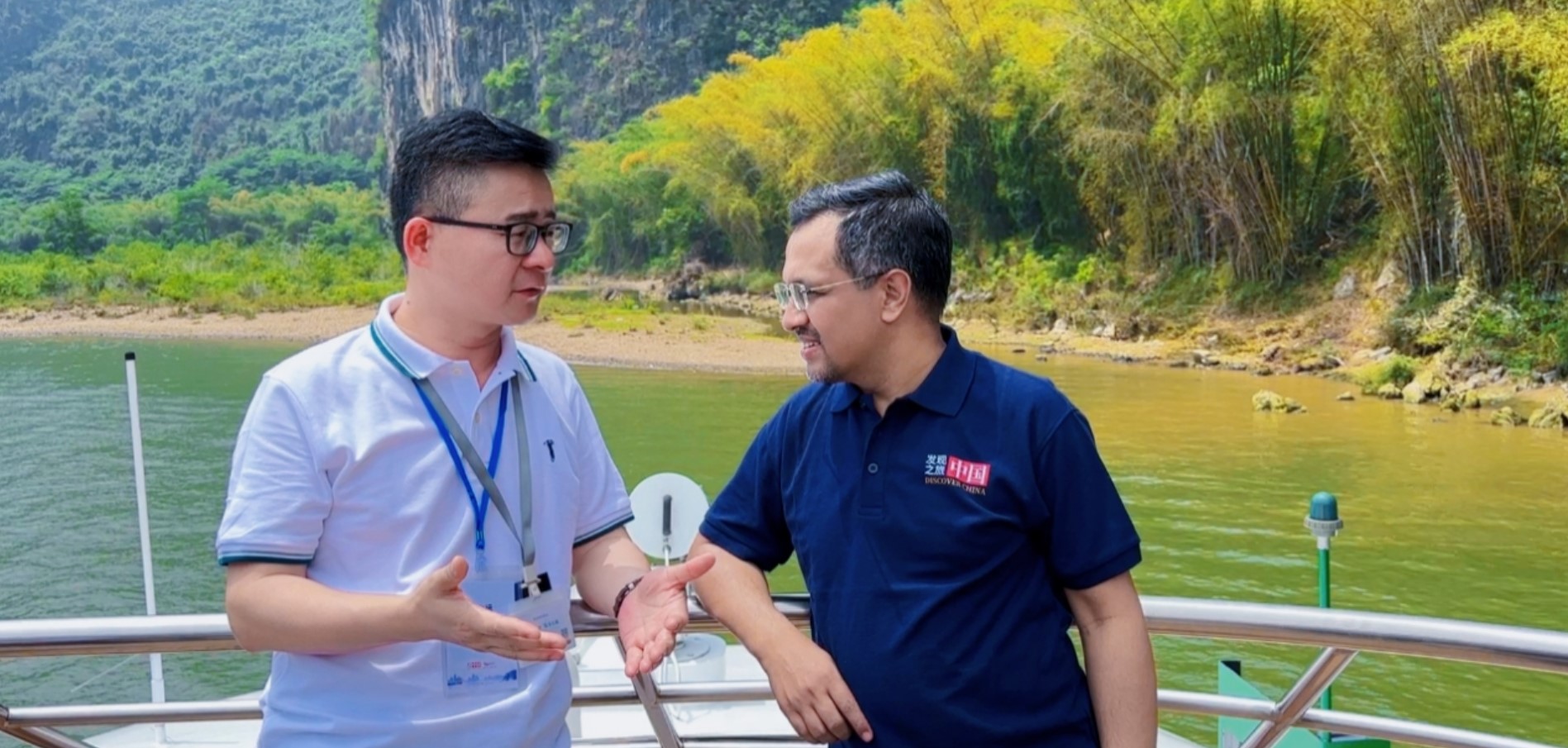Alex here! After two decades leading tours across this incredible planet, one thing I have come to appreciate about travel is that its world never stands still. Just when you…
Beyond the Great Wall: Exploring China for Luxury Travel in 2026


Alex here! After two decades leading tours across this incredible planet, one thing I have come to appreciate about travel is that its world never stands still. Just when you…

The Real Length of the Great Wall of China When people ask, "How long is the Great Wall of China?" the answer isn’t as simple as you might think. The…
Mount Li is located in Lintong district, xi 'an city, Shaanxi province. As part of huaqing pool, the mountain is close to the Qin terra-cotta warriors and horses museum. During…
Shanghai tower is located in Lujiazui finance and trade zone, Pudong. It is the tallest building in China, second only to the world. It covers an area of 30,368 square…